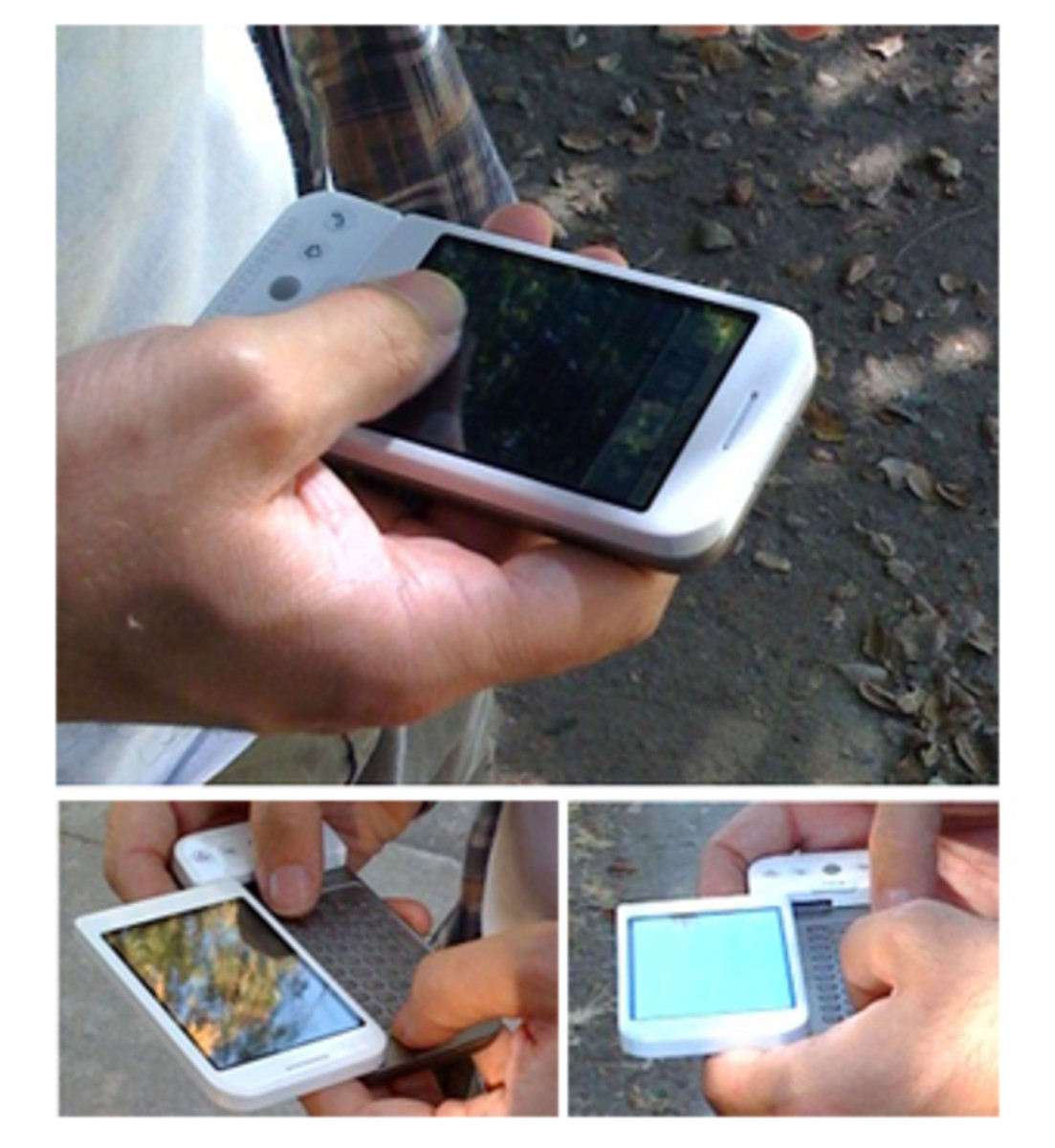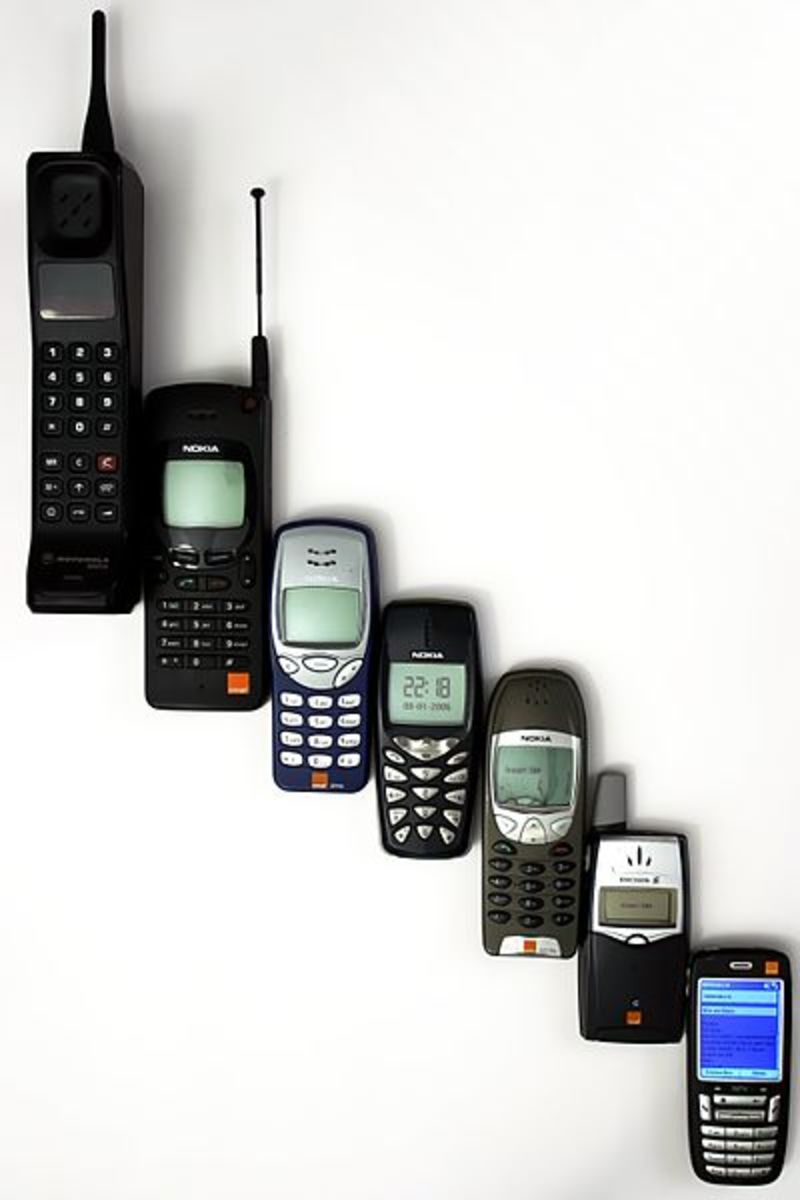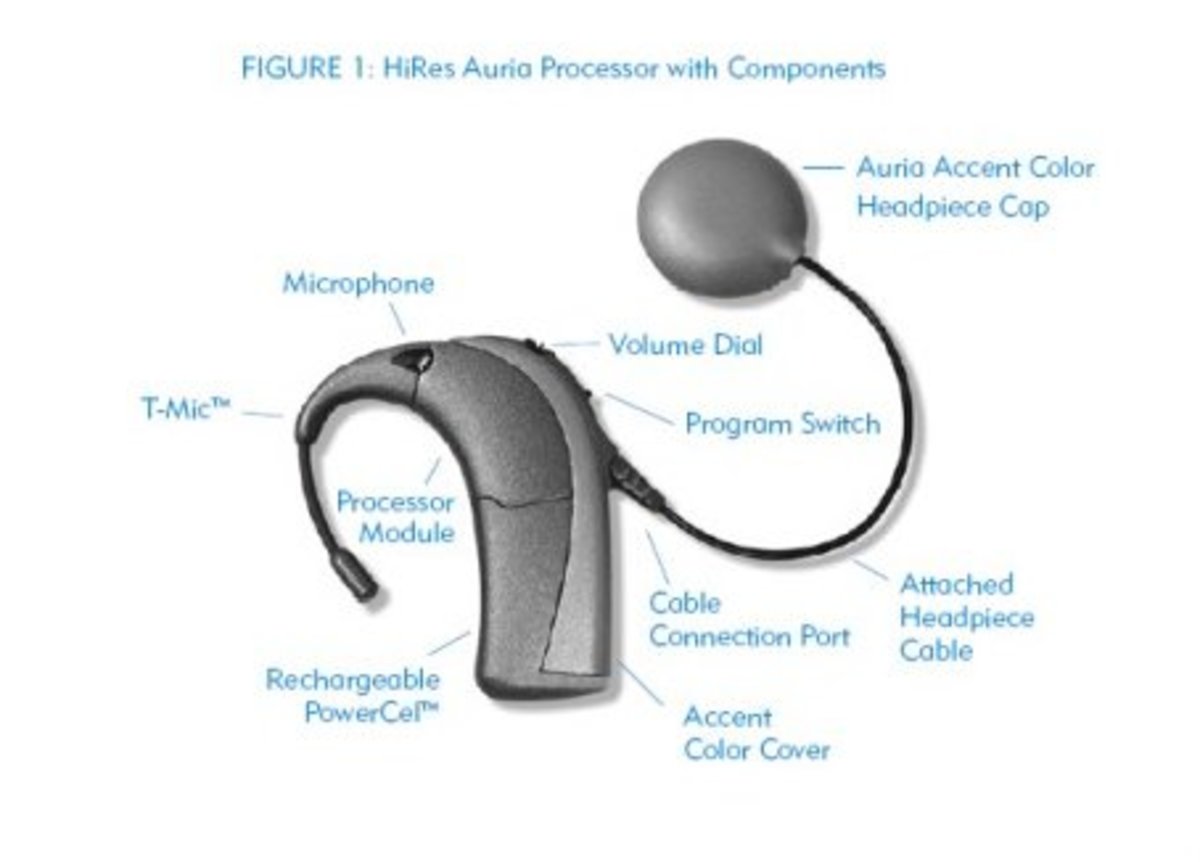Benefits of Mobile Phones | How Cell Phones Work | Where to Buy Them
Wireless technology has had a lot of development
and growth in the recent years and one thing that has had great development has
been mobile phone. Mobile phones are also known as cell phones or cellular
phones or simple cells that are used by millions of people worldwide for long
and short distance communication. Since its introduction in late 1970, it has
greatly affected the activities we do on a daily basis. Many benefits of mobile
phones include ease of interacting with each other. Mobile phones work as a
clock. Mobile phone alarms wake us up in the morning. Mobile phones scheduler
reminds us of important occasions like birthdays, parties, etc. Mobile phones
work as mobile video games. Mobile phones work as moving stereo systems.
International roaming technology of mobile phones helps us interact with our
friends and relatives anywhere in the world. SMS, MMS, and calls are used by
advertisers to advertise and sell their products via mobile phones. We are able
to operate our bank accounts with mobile phones with phone banking. International
mobile calls are cheaper than international landline calls. Mobile phones help
us in times of emergencies and natural calamities. Mobile phones for handicapped
are of much more benefit for example visually impaired people can buy talking
phones when they are unable to read text messages. Moreover, mobile phones have
converted from a luxurious item to an item of necessity. Mobile phones have
become a primary tool for everyone, let it be an ordinary man or a businessman.
Benefits of mobile phones also include that they make all of us feel safer and
more productive than before. It is interesting to note that cellular telephony was
designed and launched strictly for voice cellular technology and was
responsible to transport voice data, but today this technology is able to provide
various services like audio and video streaming, radio transmission, multimedia
data transmission such as MMS, and other multimedia applications touching the
limits of technology.
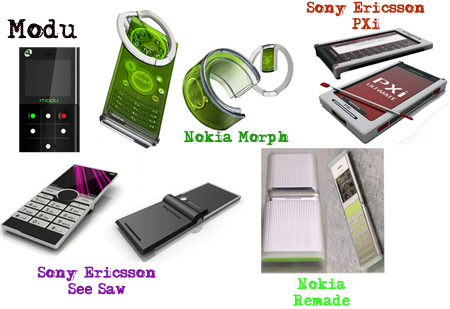
All these technological advancements of cellular telephony have greatly benefited the humans.
Also due to this, today’s wireless technology has enabled applications which ease up the tasks like language translator applications on cell phones, ovulation cycle calculator on android phones but all these applications require greater bandwidth consumption.

How Do Cell Phones Work? (Science in the Real World)
How Cell Phones Work?
In the past, the idea of cellular technology was diving whole city into small cells. This idea allowed re-use of frequencies throughout the city which helped in allowing millions of people to interact on their cell phones at one point of time. In analog telephony, the cell phone network provider used to receive around eight hundred frequencies to be used throughout each city. Then, the network provider divided each city into small cells. Each cell usually consisted a size of approximately 26 km2. Cell phone network providers designed these cells as six sided figures or hexagons. Now, cellular network providers divided each cell with a base station which consisted of one tower and one small building containing some radio equipment. Now each cell in analog system used 1/7th of voice channels, i.e., a cell plus 6 cells surrounding the hexagonal arrangement and each used 1/7th of available channels, so each cell had a different set of frequencies and no collisions with each other. A cellular network provider got eight hundred and thirty two radio frequencies to use in one city.
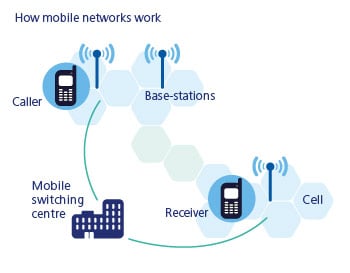
Each mobile phone used 2 frequencies for one call, so there were 395 voice channels/carrier signal and the remaining forty two frequencies were used for control channels.
Now it is interesting to note that each cell consisted of about fifty six voice channels which in simple terms mean that fifty six cell phones users were interacting on their mobile phones at one point of time.
But with the introduction of digital transmission, the no. of available cell phone channels increased.

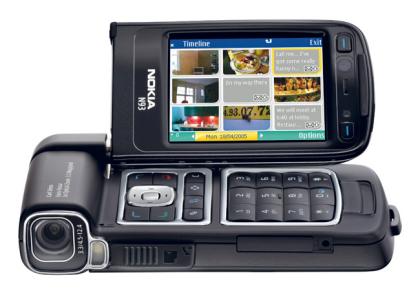
Cell phones are in low power
transmitters. Many cell phones consist of two signal strengths: 3.0 watts and
0.6 watts. Cellular stations are also transmitting low signals. These low-power
transmitters have two types of advantages and that are: First of all,
transmission of base station and phones in same cell do not leave it.
Therefore, it was possible for every cell to reuse same fifty six frequencies
across the whole city. Secondly, power consumption of cell phone, usually
battery operated, is relatively low. Low power means small batteries, which makes
cell phones light and easy to use. So this was how cell phones work. In my next hub, I will write on history of cell phones and what is inside the cell phones.


